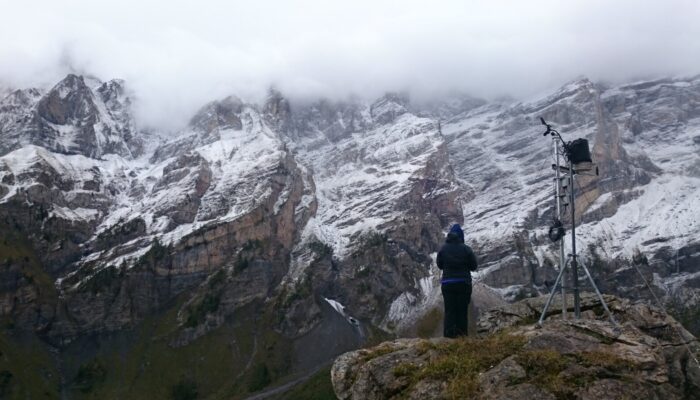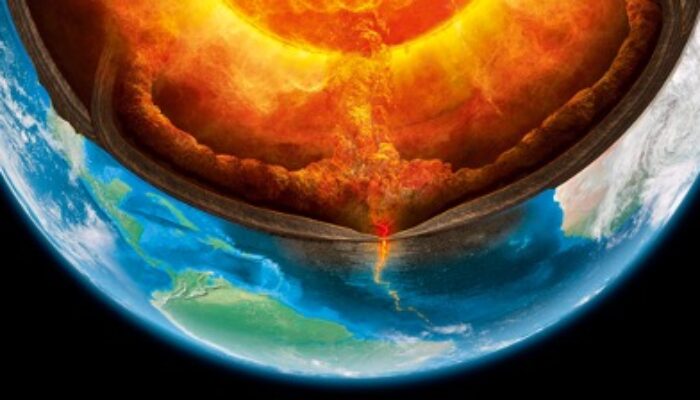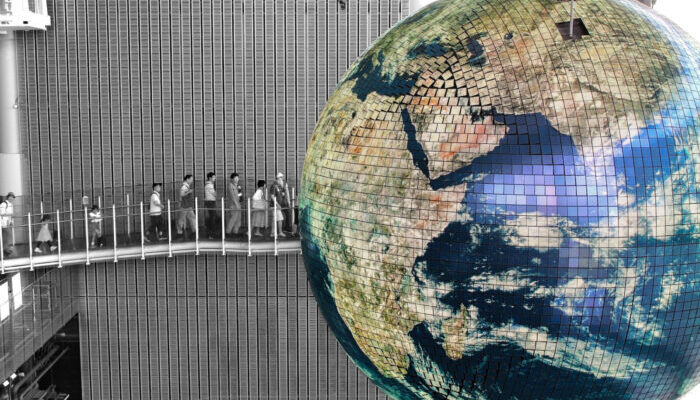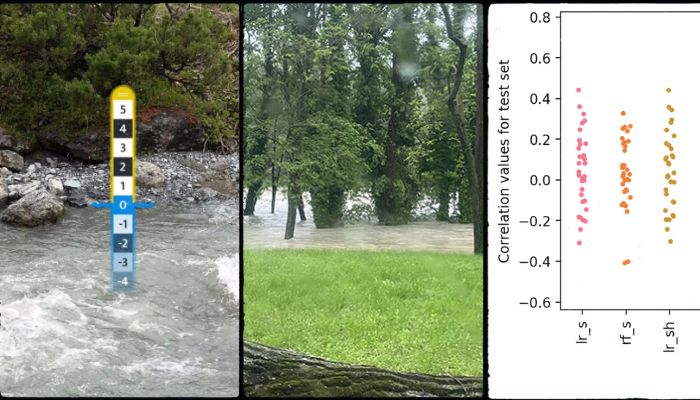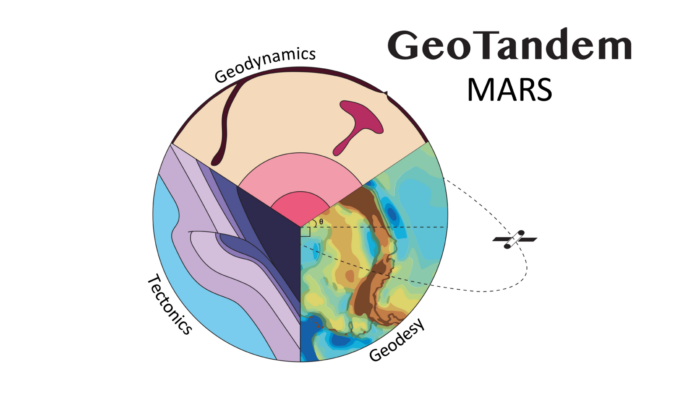In a previous post, Thomas Frederikse briefly explained how geodesy is used to observe sea level change. In this part of Bits & Bites, Bene delves deeper into the topic. Rising sea levels are one of the consequences of climate change that already impacts people in low-lying coastal regions, and the future prospects are not exactly encouraging as well. We know that rising sea levels are caused ...[Read More]
Hydrological Sciences
Overlooked tips for the lost art of fieldwork
Not so long ago, almost all hydrologic data depended almost exclusively on fieldwork. Today, sure, you can download data from repositories, there are satellites that beam you magic numbers that you can interpret to give you almost any variable, and some (less than we might hope) long-term monitoring has been outsourced to governments (or in some cases to citizens with sensors). But somewhere in ...[Read More]
Geodynamics
Regional viscosity variations in Earth’s mantle
For understanding the dynamics and evolution of the Earth’s mantle, knowledge of mantle’s viscosity structure is very important. In this week’s blog, Kenneth Gourley from University of Arizona discusses the variation of viscosity structure in Earth’s mantle in regional scale. In order to understand the dynamics and evolution of the Earth’s mantle, geodynamicists model mantle fl ...[Read More]
Geomorphology
A Day in the Life – Andreas Ruby
This blog post is part of our series: “A day in the life of a geomorphologist” for which we’re accepting contributions! Please contact one of the GM blog editors, Emily or Emma, if you’d like to contribute on this topic, or others. by Andreas Ruby, Doctoral Researcher, GFZ Potsdam, Germany Email: andreas.ruby@gfz-potsdam.de Hi, I’m Andi, and it still feels quite fresh, but as of now I’ve already ...[Read More]
Natural Hazards
How can you contribute to Science-Based policy-making? Ask the new Policy Officer in the Natural Hazards Division!
The EGU Natural Hazards Division now has a new Policy Officer to help promote evidence-based policy-making and support members of the Division in participating in policy-making processes. The Policy Officer aims to bridge between the Division and the EGU Science for Policy Working Group, helping to ensure that evidence-based decisions are made in the policy-making processes related to our areas of ...[Read More]
Hydrological Sciences
EGU is more than just a conference! – An Update from the Heart of the European Geosciences Union
Behind the European Geosciences Union (EGU) is a dedicated team ensuring smooth operations for our 20,000+ members. The entire EGU Council recently convened in person, fostering essential dialogue among council members, including the 22 Division Representatives and us, the Early Career Scientist (ECS) Division Reps. Read on to delve into the latest developments and initiatives driving our union fo ...[Read More]
Geodynamics
The Sassy Scientist – Funding the Abyss
Has the ocean temperature risen again? Are you tired of dressing like an onion to adapt to 15 degrees of change in a day? Here we have a cooling question. Peter asks: If you had infinite funding, what would you do? Dear Peter, If I had infinite funding, you’d find me setting up my new office at the bottom of the Mariana Trench – because if you’re going big, might as well go seven miles deep, ...[Read More]
Hydrological Sciences
CrowdWater: A Citizen Science Revolution for Flood Prediction with Machine Learning
CrowdWater is a citizen science project that enables the collection and sharing of water level data on streams and rivers worldwide using virtual scales. As part of the project, a CrowdWater (CW) mobile application was developed that allows users to take and upload geo-referenced photos of water bodies, which are then processed and stored in a global database. CW data provides valuable information ...[Read More]
Geodynamics
Geotandem: The Red Planet, often recognized as a dead planet, is not quite dead after all, at least geodynamically speaking
Welcome to the first of its kind, the Geotandem 01! A collaborative series between EGU divisions. Interdisciplinarity is intrinsic to Geosciences, so we want to showcase how researchers approach the same topics from different but also complementing perspectives. In each edition, we will bring you a high-interest topic for the community seen from the eyes of diverse disciplines. Today, the Tectonic ...[Read More]
Geodesy
Geotandem: Exploring the subsurface of Mars using geodetic data
Welcome to the first of its kind, the Geotandem 01! A collaborative series between EGU divisions. Interdisciplinarity is intrinsic to Geosciences, so we want to showcase how researchers approach the same topics from different but also complementing perspectives. In each edition, we will bring you a high-interest topic for the community seen from the eyes of diverse disciplines. Today, the Tectonic ...[Read More]


